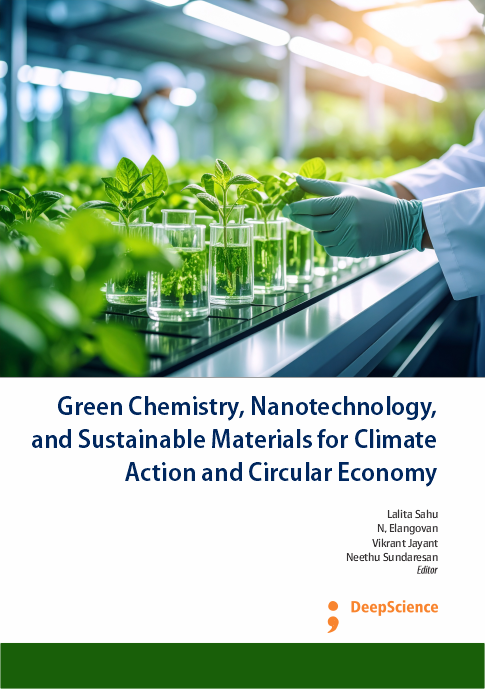A Review on the Role of Green Chemistry in Sustainable Development
Synopsis
Green chemistry is a driving force in moving toward sustainable development, particularly, in minimizing or eschewing altogether hazardous chemicals in the course of chemical processes. The discipline is ultimately based on the twelve principles developed by Anastas and Warner, which create a framework to reduce waste, use renewable resources, and design safer products. And they’re more than just theoretical: The principles have been applied in various sectors of industry, agriculture and research, changing how chemicals are made, how students are taught and even how standards are set in policy. In this review, we explore the interconnections between green chemistry and the targets of the United Nations Sustainable Development Goals, focusing on responsible production and consumption, clean water, climate action, and public health. By critically reviewing the literature and comparing case studies from the leading chemical industries and school curricular reforms, the paper exposes the successes and challenges that emerge during the adoption of green chemistry practices. The synthesis offered here highlights the importance of locating green chemistry within a comprehensive sustainability science. The field, by embedding its basic tenets into diverse areas, not only fosters innovation, but also contributes to a more circular, fair, and sustainable world economy. "Does the evidence also point to sure, clear pathways for progress?" The answer is yes, and it also allows for acknowledging the obstacles—whether they are daunting and technological or frustrating and regulatory or painful and social—that have yet to be overcome. Green chemistry principles must be incorporated on an even larger scale in order to achieve a more sustainable and equitable future.













